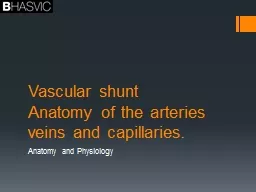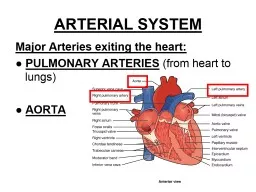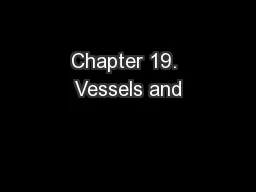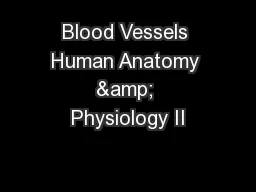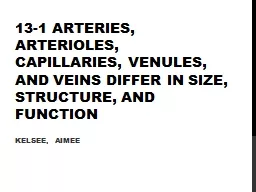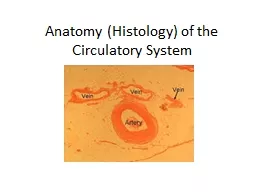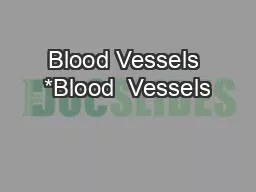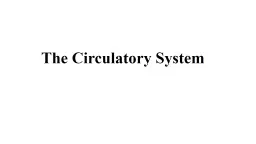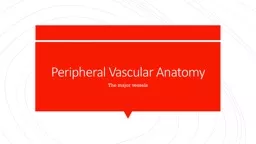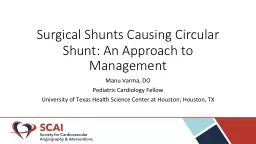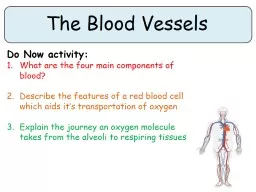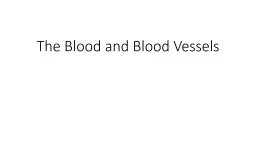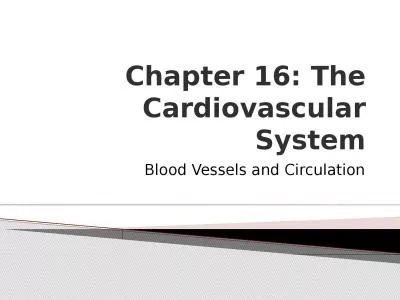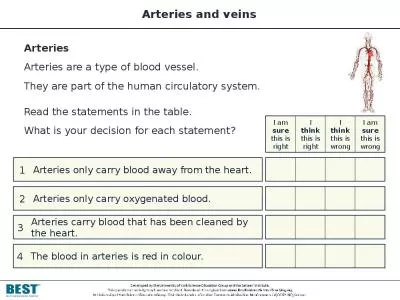PPT-Vascular shunt Anatomy of the arteries veins and capillaries.
Author : celsa-spraggs | Published Date : 2020-04-04
Anatomy and Physiology On the white boards outline the process of fainting after an athlete performs exercise and then stops abruptly clue vascular return Cause
Presentation Embed Code
Download Presentation
Download Presentation The PPT/PDF document " Vascular shunt Anatomy of the arteries ..." is the property of its rightful owner. Permission is granted to download and print the materials on this website for personal, non-commercial use only, and to display it on your personal computer provided you do not modify the materials and that you retain all copyright notices contained in the materials. By downloading content from our website, you accept the terms of this agreement.
Vascular shunt Anatomy of the arteries veins and capillaries.: Transcript
Download Rules Of Document
" Vascular shunt Anatomy of the arteries veins and capillaries."The content belongs to its owner. You may download and print it for personal use, without modification, and keep all copyright notices. By downloading, you agree to these terms.
Related Documents

